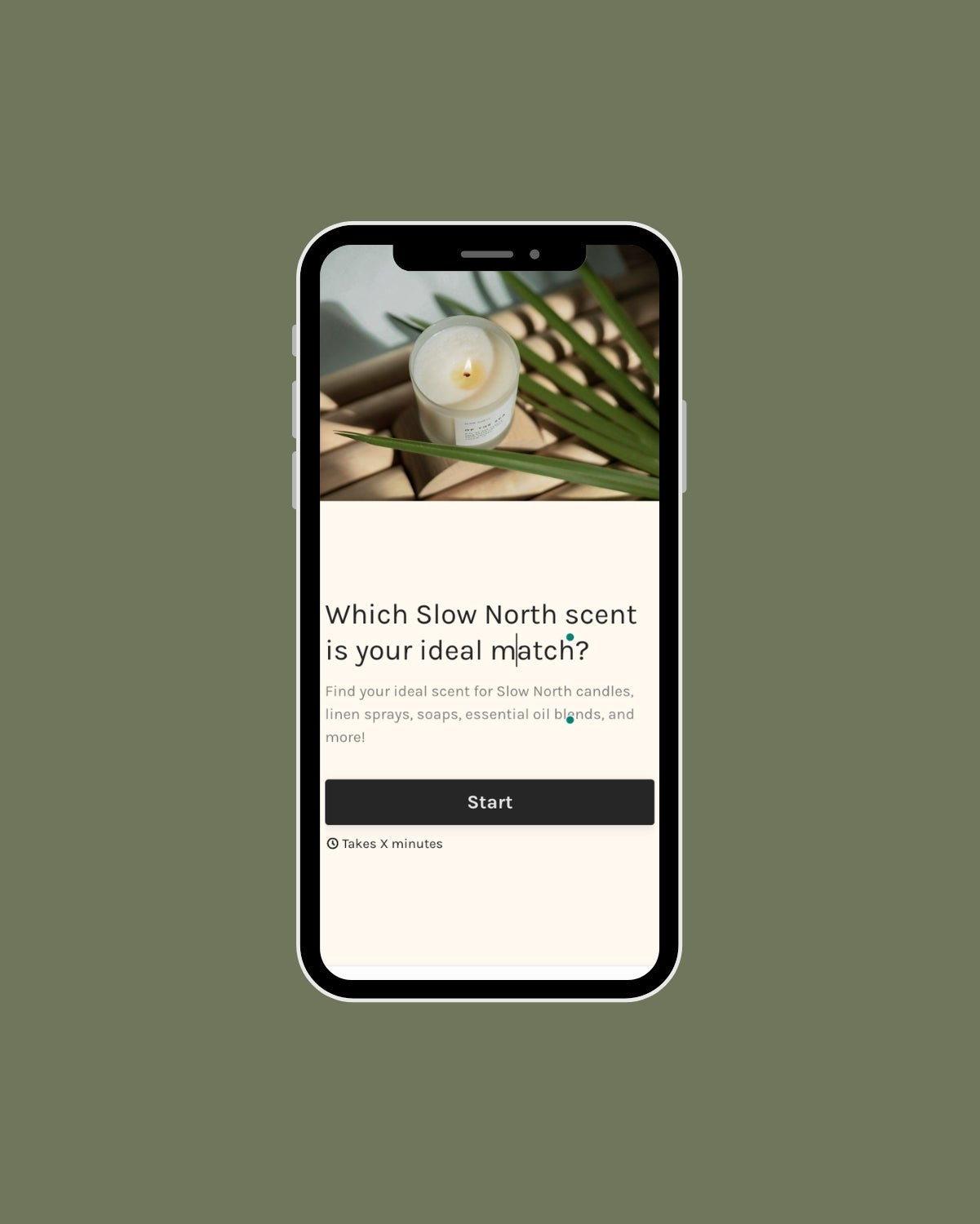
How to Build a Sustainable WFH Routine

Working from home definitely has its perks (not sitting in traffic anymore being one of them!). But it can also be exhausting, almost more so than getting up and going to an office is. The reason?
Working from home makes it easier to blur the lines between work and life.
With no physical separation between the two, slipping into a downward spiral of workaholic isolation — or, conversely, a complete lack of energy and motivation — can quickly lead to burnout.
To avoid those common pitfalls, we have a few tips for staying focused, productive, and sane while working remotely. The trick to building a sustainable work from home routine is becoming the master of your own time. By sticking to your schedule, strategically working during peak hours, and allowing for breaks, working from home will get easier and easier. Keep scrolling to read our best tips for building a sustainable work from home routine.
 Photo by Cathryn Lavery
Photo by Cathryn Lavery
Before Starting Work:
1. Plan for the day ahead.
Knowing the next day’s tasks and priorities will allow you to start it with a clear head. Jot down a to-do list, whip out your planner, schedule out your tasks in Google Calendar — up to you, just make sure you know what’s coming!
2. Separate your “work zone” from your “life zone.”
Working from home is not synonymous to working from bed! While it’s definitely tempting to work while horizontal all day, unfortunately, it’s not great for productivity, nor for your sleep cycle. Even if you’re tight on square footage, carve out some space for work only. This will not only help you feel better physically, but also help your mind differentiate between when it’s time to focus on work and when to relax.
3. Make sure your work zone is distraction-free and comfortable.
The best place to work is anywhere you can sit comfortably and doesn’t have too many audio or visual distractions. You might want to personalize it; add a few houseplants for increased productivity, or perhaps some wall art for a splash of color. Create a playlist and listen to your favorite workday tunes — whatever you choose to do, make the environment yours.
4. Eat breakfast and get dressed.
Though you’re not commuting to work, it’s still important to fuel up for the day ahead. And even if “getting dressed” means changing out of your current sweatpants into other sweatpants, that’s totally fine. Again, your brain should be shifting gears from “relax mode” into “work mode,” and changing your clothes will help you do so.
 Photo by Tina Witherspoon
Photo by Tina Witherspoon
Start Working:
5. If possible, work the hours you’re most productive.
Not everyone is able to set their own hours, but if you’re one of the lucky ones who are: work when your brain is at peak performance. If you’re a night owl, don’t feel like you need to get up early to start working if you know you’ll be sluggish and tired.
If you’re unable to set your own hours, schedule your most mentally-intensive work for when you know your brain is most alert.
6. Schedule wisely.
When you become the master of your own time, structure is everything, so sticking to a schedule is hugely important when working from home. Block 1-2 hours for focused work into your day, take a breather, and repeat. Make sure to stick to your schedule for meals, calls, and other items that will pop up throughout the day.
7. Begin with the task you want to do the least.
Yes, this might sound counterproductive, but trust us, we’re going somewhere with this. As American author Mark Twain famously said, “If you know you have to swallow a frog, swallow it first thing in the morning. If there are two frogs, swallow the big one first.”
Swallowing a frog, in this case, means tackling your least favorite task right off the bat. There are all things we have to do, even if it pains us to think about them. But if you get it over and done with as soon as possible, it won’t hang over your head and mess with your focus all day.
8. Get moving, if you can.
This is especially important if you’ve been sitting all day staring at a screen. Do a few jumping jacks or push-ups, or maybe get out of the house and take a walk. Allowing your body to take a break from work will also keep your mind in shape.
9. Forgive yourself.
There will be days you feel you wasted entirely. There will be days that it feels nothing was accomplished and your to-do list only got bigger. Take a deep breath and know that working from home can be an adjustment. Just like anything, it takes some time to get the hang of things. Don’t beat yourself up for little mistakes or a lapse in productivity.
 Photo by Samantha Gades
Photo by Samantha Gades
After Work:
10. Declutter your workspace.
When it’s time to power down for the evening, clear your space so it’s ready to go first thing tomorrow.
11. Review important messages, then log off completely.
Address any pressing messages, then power down. Just because you’re at home doesn’t mean you need to be answering emails and Slack messages all day and night.
12. Stay connected.
It’s important to stay connected with friends and family. Schedule time for FaceTimes, Zoom chats, and phone calls. If you live alone, planning these for mealtimes is an even better way to keep the sense of connection alive.
13. Set an evening intention.
It doesn’t have to be work-related. Setting an intention for the next few hours of your evening will help your mind shift back into “life mode” and out of “work mode.” Whether that’s the intention to practice something you love, call your best friend, or make a healthy dinner, give yourself the time and space to do something you’ll enjoy.
 Cecilia Seiter
Cecilia Seiter
Cecilia is a freelance writer and contributor to Slow North. She writes largely about sustainability, especially as it applies to beauty, wellness, and the future of technology. She is a graduate of the journalism department at Cal Poly, San Luis Obispo and is based in Los Angeles, CA.



























